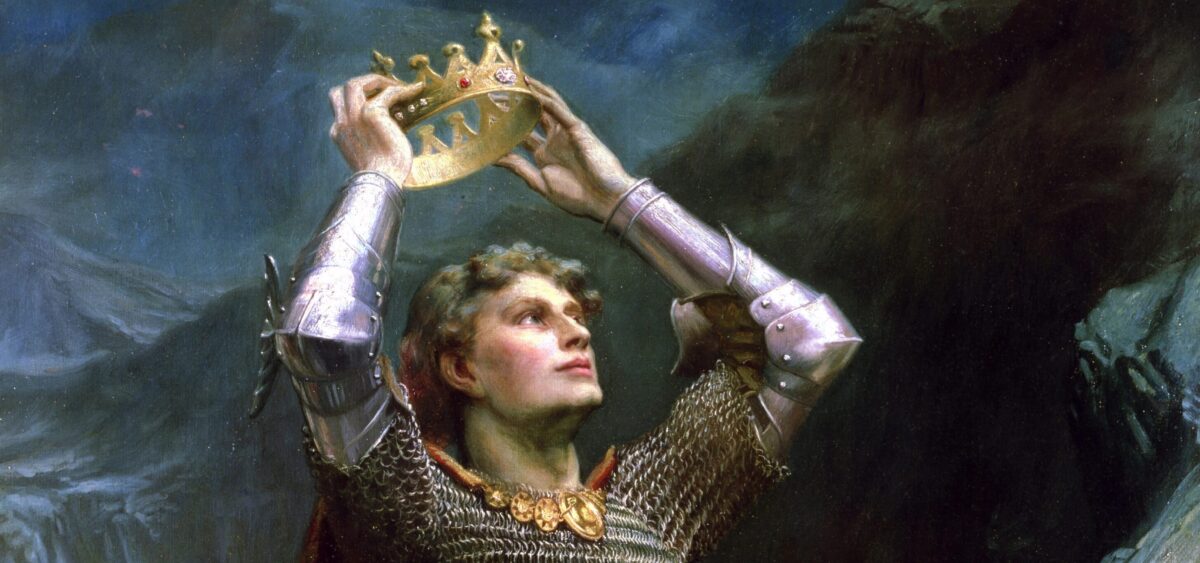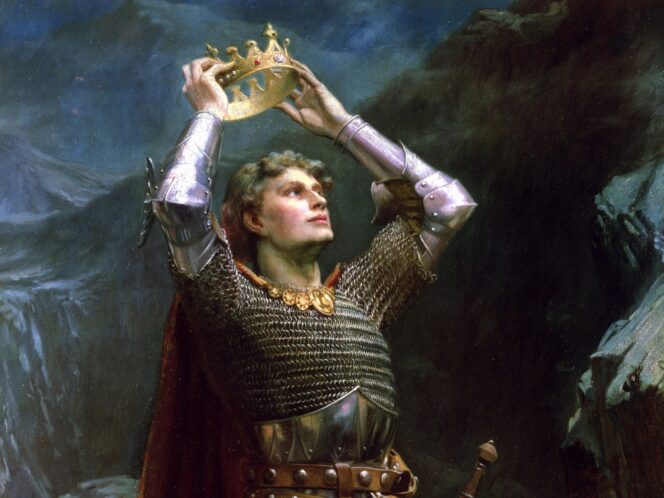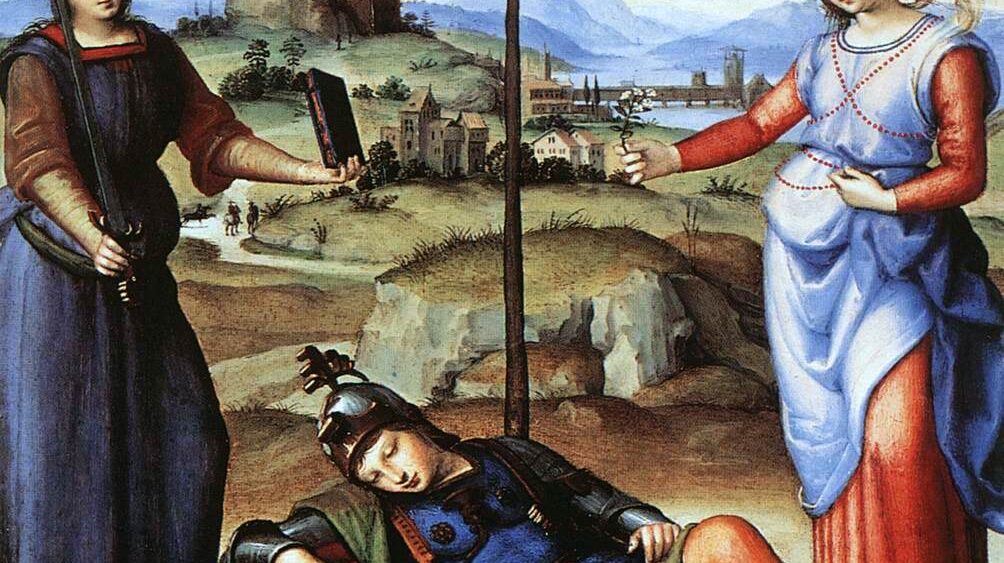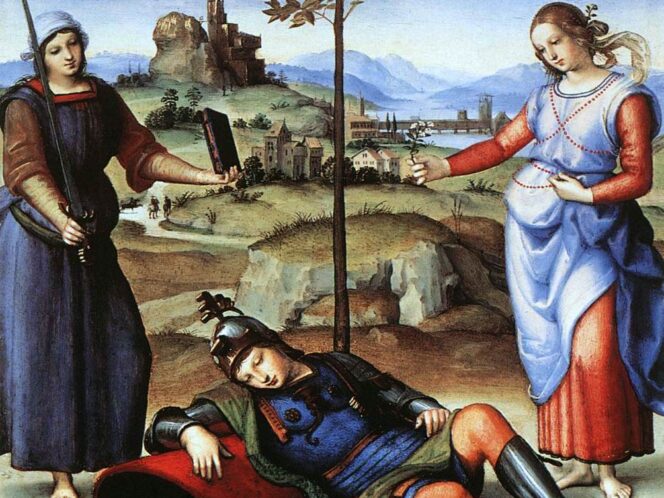
What do the Knights of the Round Table, the Wawel Dragon and Tolkien have in common? Celtic roots. Join us on a fascinating journey back to the origins of the Arthurian legends.
It’s Arthur – the semi-legendary, mysterious king from the distant past, the deep Middle Ages – who’s the best imaginable Celtic-era hero. The legend about King Arthur, the Knights of the Round Table, Guinevere, Isolde, Lancelot, Tristan and other figures connected with the Cornish castle of Camelot have lived in European culture for more than a millennium.
When we hear the name King Arthur, we imagine a typical forest, steep seaside cliffs, dark stone castles, and throughout this landscape, the shapes of steel-clad knights, riding off to seek adventure. A bit of a fantasy novel, a bit of a fairy tale, Celtic music in the background. We don’t even stop to think how close that Cornish king is to us, or how much this legend shapes us.
Bold and restless
It may seem that the Celts are a long-ago, faraway people, who used to live in France and then on the British Isles – now only a few of the nations of the United Kingdom claim Celtic roots and speak a language that comes directly from theirs. Yet all of northern Europe owes its heritage – in various parts – to Mediterranean and Celtic tradition. We don’t know exactly where the Celts came from, but from the middle of the second millennium BCE they lived in Central Europe, in what is today Czechia and Austria, and already








